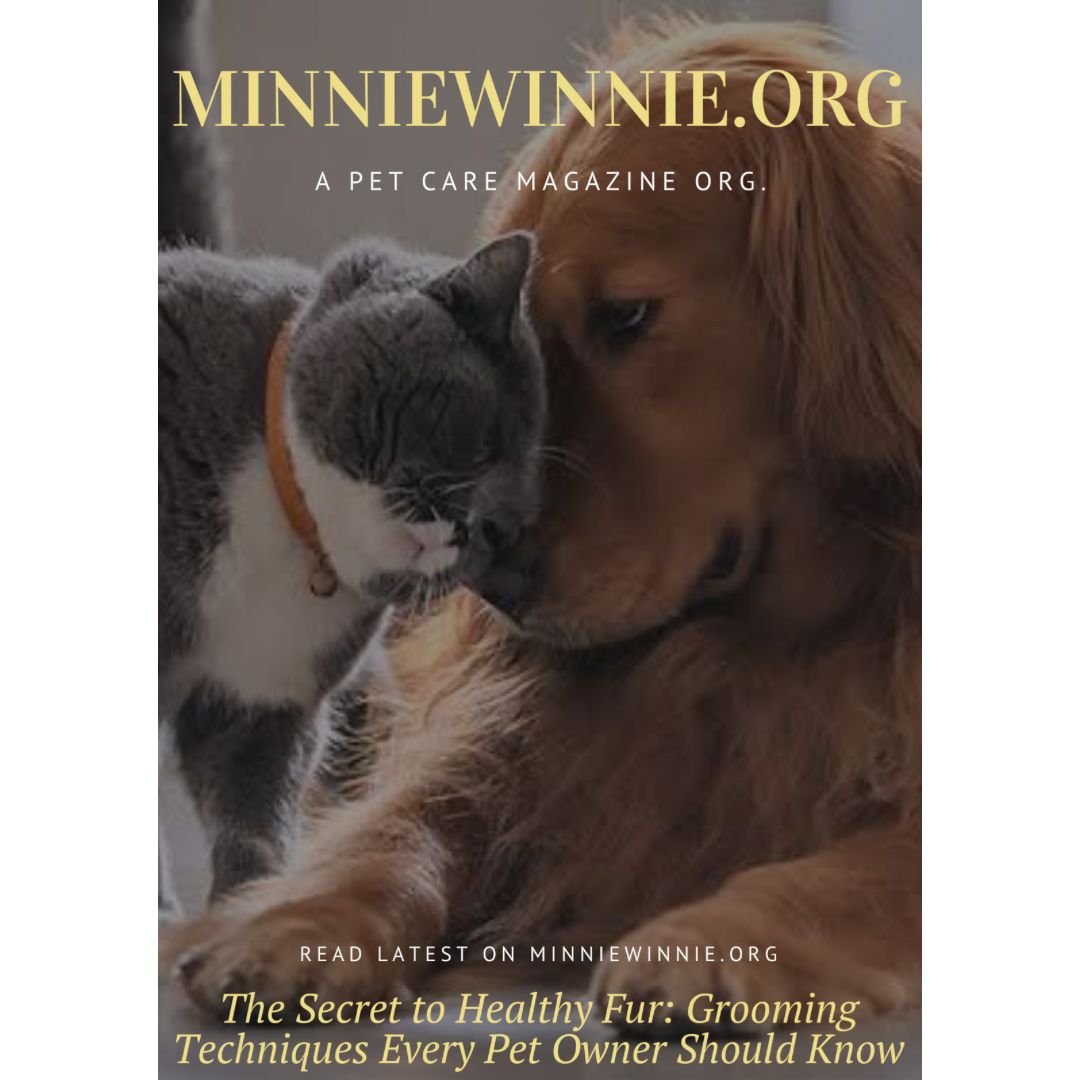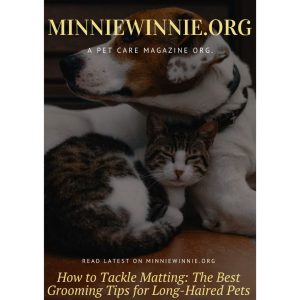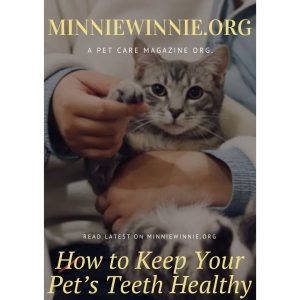The Secret to Healthy Fur: Grooming Techniques Every Pet Owner Should Know
A pet’s fur isn’t just a beautiful coat that adds to their charm; it’s also a critical indicator of their overall health. Healthy fur is shiny, soft, and smooth, while dull or matted fur may signal issues like poor nutrition, underlying health conditions, or inadequate grooming. As a pet owner, learning effective grooming techniques is key to maintaining your pet’s well-being and appearance. Here are essential grooming tips to keep your pet’s fur in top shape.
1. Regular Brushing: The Foundation of Fur Health
One of the most important grooming practices is brushing your pet’s fur regularly. Different types of pets require different frequencies of brushing based on their coat type. Dogs and cats with long hair, such as Golden Retrievers or Maine Coons, often need daily brushing to prevent tangles and mats, while short-haired breeds, like Labradors or Siamese cats, may only require brushing once or twice a week.
Brushing stimulates natural oils that nourish the skin and fur, promoting a healthy, shiny coat. It also removes dirt, dead skin cells, and loose hair, which reduces shedding and keeps your home cleaner. Using the right brush for your pet’s coat type is essential; for example, a slicker brush works well for long-haired pets, while a rubber brush can help remove loose fur from short coats.
2. Bathing: Clean Fur, Happy Pet
While bathing is necessary to keep your pet’s coat clean, overdoing it can strip their fur of essential oils, leading to dryness and irritation. As a general rule, most dogs should be bathed every four to six weeks, but this can vary depending on their activity level and coat type. Cats, on the other hand, generally keep themselves clean and rarely need baths unless they’ve gotten into something messy.
When bathing your pet, always use a shampoo specifically formulated for their species. Human shampoos can be too harsh on their skin and coat, disrupting the natural pH balance. Rinse thoroughly to ensure no shampoo residue is left behind, as it can cause irritation and dull their fur. For pets with skin sensitivities, opt for a hypoallergenic or medicated shampoo.
3. Dealing with Matting: Prevention and Treatment
Matting is a common issue, especially in long-haired pets or those with thick undercoats. Mats are clumps of tangled fur that can cause discomfort, skin irritation, and even lead to infections if left untreated. Regular brushing is the best way to prevent matting, but if mats do form, they should be removed gently to avoid hurting your pet.
Use a detangling spray or mat splitter to carefully work through the mat, starting from the tips of the fur and moving toward the base. In severe cases, it may be necessary to seek professional grooming services, as improper mat removal can cut the skin or worsen the matting.
4. Trimming and Clipping: Keep It Neat
Trimming your pet’s fur, especially around sensitive areas like their paws, ears, and eyes, is important for their comfort and health. Overgrown fur can obstruct vision, collect debris, or lead to infections. Some pets may also need regular haircuts, particularly if they are a breed that doesn’t shed, such as Poodles or Shih Tzus.
While trimming can be done at home, it’s crucial to use the right tools and techniques to avoid accidents. Pet clippers, rather than scissors, are safer for trimming large areas of fur. Always take your time, and if you’re unsure, professional grooming may be the best option to ensure your pet’s fur is trimmed evenly and safely.
5. Diet’s Role in Fur Health
A pet’s diet plays a significant role in the condition of their fur. A balanced diet rich in omega-3 and omega-6 fatty acids, as well as vitamins and minerals, is essential for maintaining a shiny, soft coat. Pets with dry or brittle fur may benefit from supplements that promote skin and coat health.
Ensure that your pet’s diet consists of high-quality, nutrient-dense foods. Cheap, low-quality pet food often lacks the nutrients necessary to support healthy fur and may even lead to skin problems. If your pet has ongoing fur or skin issues, consult a veterinarian to evaluate their diet and consider any necessary dietary adjustments.
6. Ear and Eye Care: Preventing Infections
Your pet’s ears and eyes are vulnerable to infections, which can negatively impact their fur health as well. Regularly check your pet’s ears for any signs of redness, odor, or excessive wax buildup. Clean their ears gently with a vet-approved solution, being careful not to insert anything deep into the ear canal.
For eye care, keep the fur around your pet’s eyes trimmed to prevent irritation. Some breeds, especially those with shorter noses, are prone to tear staining, which can discolor their fur. Wipe away any discharge with a soft cloth to keep the area clean and healthy.
7. Nail Trimming: For Overall Grooming Health
Nail care is often overlooked but is crucial to your pet’s overall grooming. Long nails can cause discomfort or lead to changes in posture that affect your pet’s mobility. Additionally, overgrown nails can become caught in fur or carpets, leading to injury. Trim your pet’s nails regularly with a sharp nail clipper, making sure not to cut too close to the quick, which can cause bleeding.
8. Seasonal Grooming: Adjusting to Weather Changes
Different seasons require different grooming strategies. In warmer months, pets tend to shed more, and regular brushing can help manage the increased fur loss. Some pets may also need a trim to stay cool. In colder months, pets often grow thicker coats, so extra brushing is necessary to prevent matting and remove dead fur. Be mindful of temperature changes, and avoid cutting your pet’s fur too short during winter, as they rely on their coat for warmth.
Conclusion
The secret to healthy fur lies in regular and attentive grooming. Brushing, bathing, trimming, and maintaining your pet’s diet all contribute to a shiny, soft, and healthy coat. By incorporating these grooming techniques into your pet care routine, you’ll not only enhance their appearance but also strengthen the bond between you and your furry companion. A well-groomed pet is a happy pet, and their glowing fur will be a reflection of the love and care you provide.










